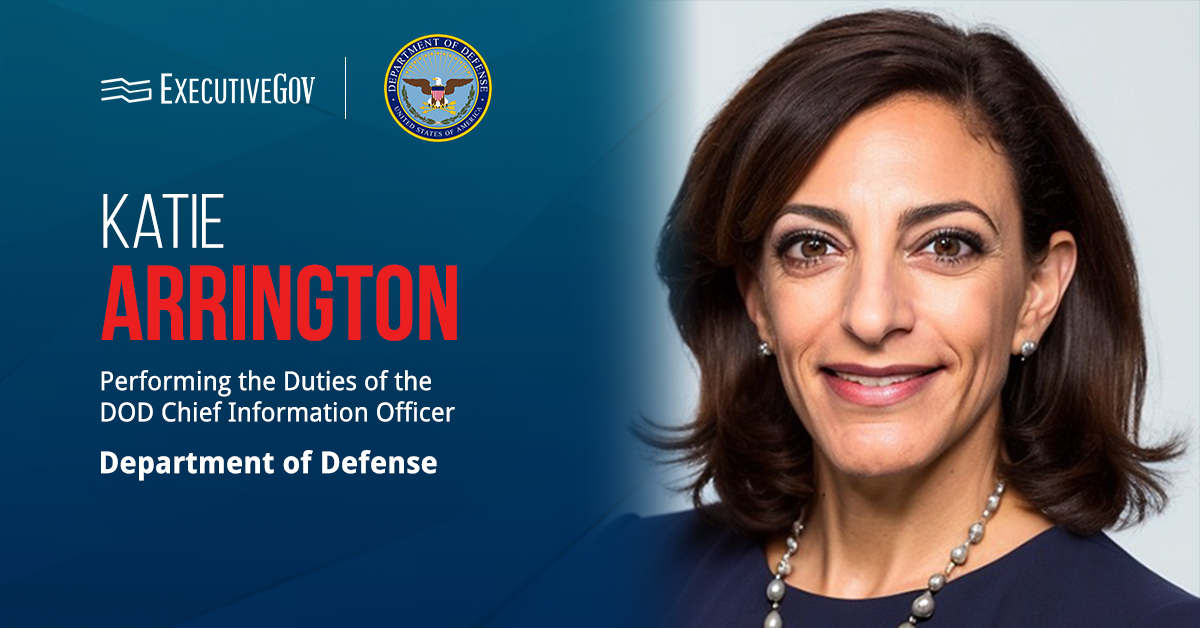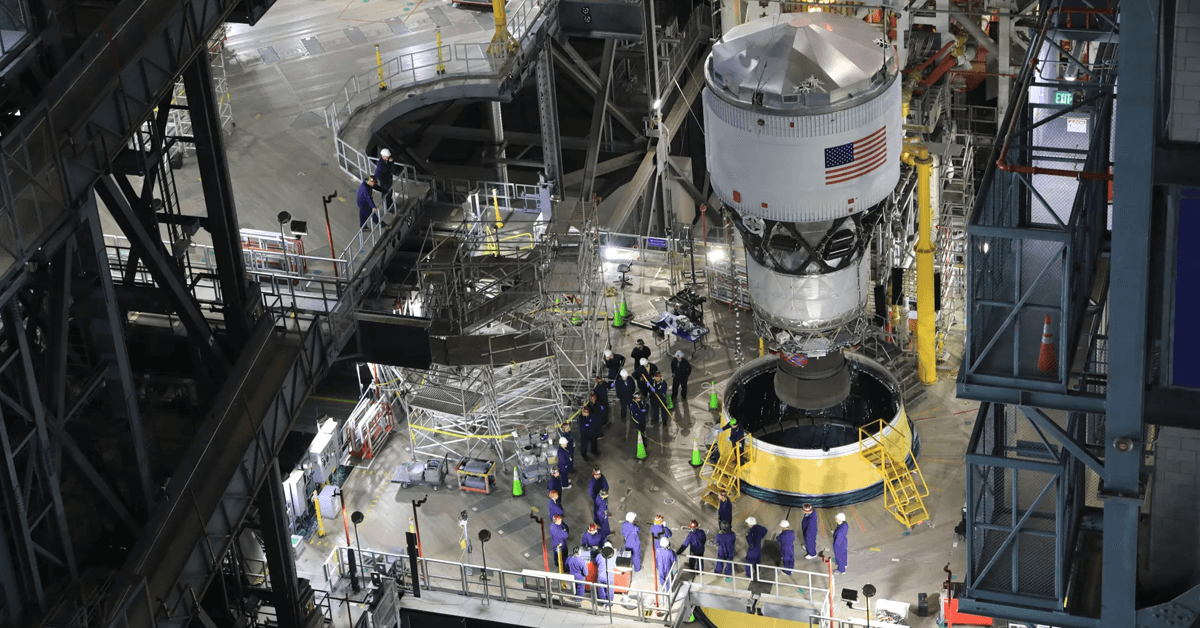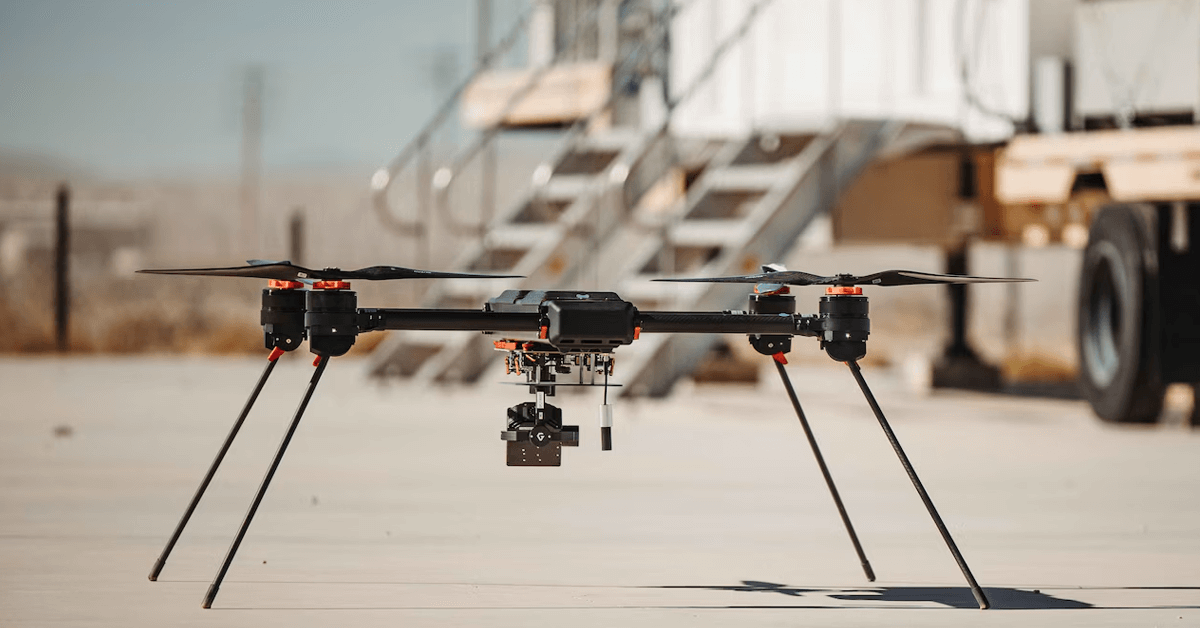A recent study from the Congressional Budget Office found that the current cost of space-based interceptors, or SBIs, is up to 40 percent lower compared to earlier estimates, but the satellite requirements of the administration’s Golden Dome are expected to offset any savings. The findings published Monday revealed that the cost of deploying and operating an SBI constellation in 2025 would only be $161 billion, down from $264 billion according to the CBO’s estimate in 2004.
CBO conducted the study on the behest of the request of the Senate Committee on Armed Services Subcommittee on Strategic Forces.
The study took into consideration multiple options for SBI, with the most expensive alternative examined costing about $542 billion. For comparison, based on CBO’s 2004 projection, the most expensive option was $831 billion.
Golden Dome Potential Price Increases
The cost of launching spacecraft into orbit is lower today due to the availability of very large rockets such as SpaceX’s Starship, allowing organizations to deploy more satellites in a mission. However, the shape and volume of the proposed missile interceptor would impact final launch costs.
Each satellite will also need to be “precisely located in relation to one another in different orbits,” study authors wrote, making smaller launchers more suited for the project.
The study also noted that launch makes up only a small percentage of a constellation’s total cost.
CBO also looked at changing requirements due to the recent activities and growing capabilities of U.S. adversaries. The SBI constellation assessed for the study can only counter one or two intercontinental ballistic missiles, or ICBMs, fired by North Korea. Over the years, Pyongyang has updated its arsenal and has fielded solid-fuel missiles, which are more difficult to intercept. The East Asian country may also be capable of launching a volume of missiles that can overwhelm an SBI constellation, the study warned.
China and Russia present bigger threats to the Golden Dome and U.S. national security. The CBO said an SBI constellation that can effectively shield the U.S. from attacks would need to be much bigger than previous projections and, as a result, more costly.












